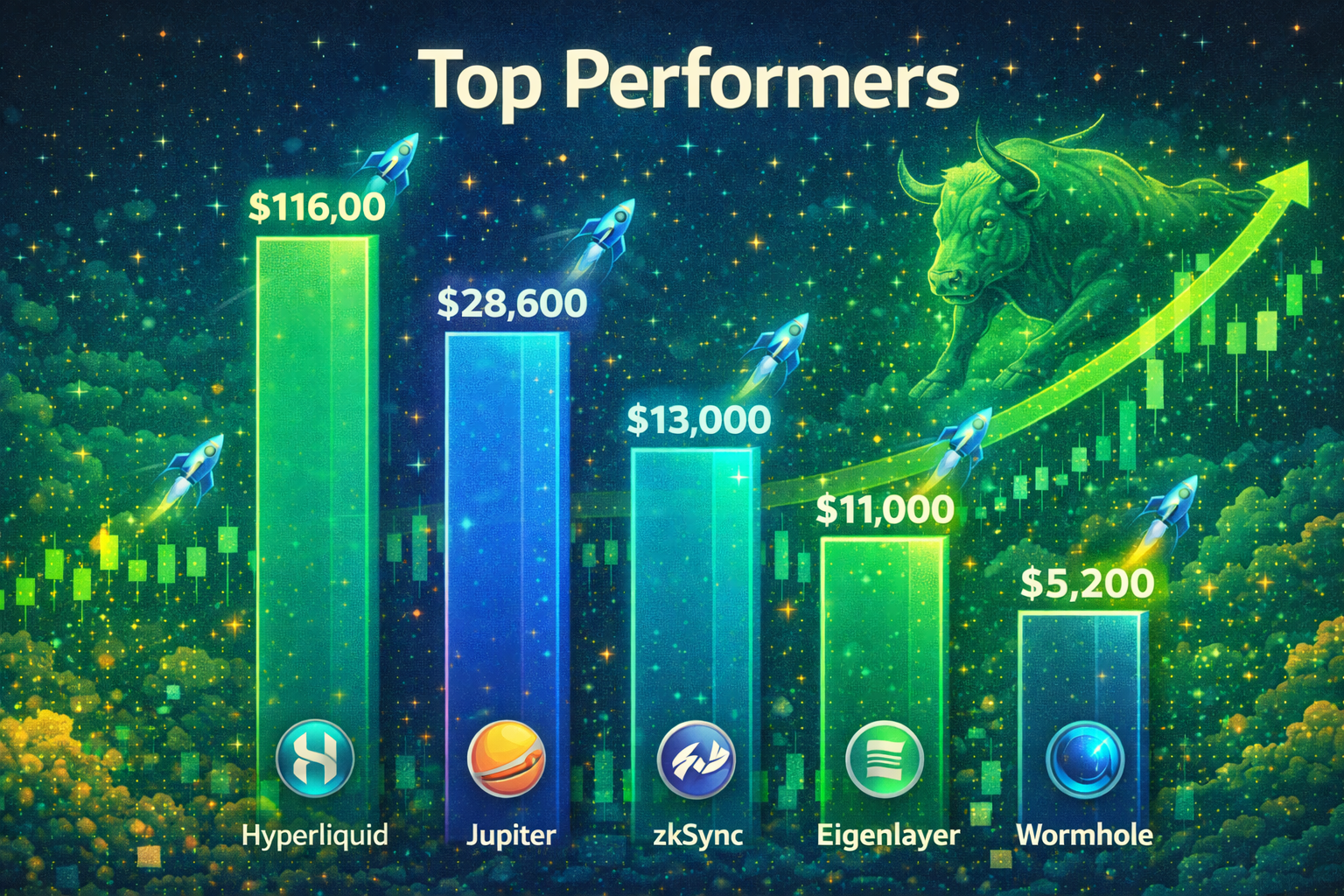1. Introduction: The Rise of Central Bank Digital Currencies
In recent years, Central Bank Digital Currencies (CBDCs) have gained significant traction as central banks around the world explore their potential benefits and implications. Unlike cryptocurrencies like Bitcoin, which operate on decentralized networks, CBDCs are digital forms of fiat currency issued and regulated by a country’s central bank. This move toward CBDCs marks a significant shift in the global financial landscape, with the potential to transform how we interact with money, conduct transactions, and implement monetary policy. As more countries advance their CBDC initiatives, understanding the future and impact of these digital currencies becomes crucial.
Why Matter:
CBDCs could redefine how we use money, offering increased efficiency, security, and financial inclusion. They also present challenges that policymakers and financial institutions must carefully consider.
2. What are
CBDCs are digital versions of a country’s fiat currency, issued and regulated by the central bank. Unlike traditional cash, which exists in physical form, CBDCs exist only in digital form and can be used for transactions just like cash or bank transfers. CBDCs can be categorized into two main types:
- Retail CBDCs:
Retail CBDCs are designed for use by the general public, enabling consumers and businesses to make everyday transactions using digital currency. Retail CBDCs can be accessed through digital wallets and used for various purposes, including payments, transfers, and savings. - Wholesale CBDCs:
Wholesale CBDCs are intended for use by financial institutions and large-scale businesses, primarily for interbank settlements and transactions. These digital currencies aim to improve the efficiency of financial markets by streamlining large-scale transactions and reducing associated risks.
3. The Potential Impact of CBDCs on the Financial System
3.1 Enhanced Financial Inclusion
CBDCs hold the potential to significantly enhance financial inclusion. In many parts of the world, a significant portion of the population lacks access to traditional banking services. CBDCs could provide a solution by offering a digital form of money that individuals can access via mobile devices, without the need for a traditional bank account. This approach could empower unbanked and underbanked populations to participate in the financial system, enabling them to save, transfer, and spend money more easily.
- Key Benefits:
- Access to Financial Services: CBDCs could open access to digital financial services for unbanked and underbanked populations.
- Economic Empowerment: By enabling greater access to financial services, CBDCs could help reduce poverty and promote economic growth.
- Cost Savings: CBDCs could lower the costs associated with cash handling and banking infrastructure.
3.2 Increased Efficiency and Security
CBDCs can significantly improve the efficiency and security of financial transactions. Unlike cash, which people can lose or have stolen, CBDCs remain secure digital assets that the issuing central bank can track and trace. This increased security could reduce the risks of fraud, money laundering, and other financial crimes. Additionally, CBDCs streamline transactions by reducing the need for intermediaries, such as banks and payment processors, leading to faster and more cost-effective transactions.
- Key Benefits:
- Enhanced Security: CBDCs reduce the risks of loss or theft associated with physical cash by being digital.
- Fraud Prevention: The traceability of CBDC transactions helps prevent fraud and financial crimes.
- Efficiency Gains: CBDCs reduce transaction costs and processing times by eliminating intermediaries.
3.3 Impact on Monetary Policy
CBDCs could also profoundly impact how central banks conduct monetary policy. With CBDCs, central banks gain greater control over the money supply and can implement more targeted monetary policies. For example, central banks could directly adjust the interest rates on CBDC holdings or even implement “helicopter money” policies, where digital currency is distributed directly to citizens to stimulate economic activity. Additionally, CBDCs could enhance the effectiveness of negative interest rates by allowing central banks to impose interest directly on digital currency holdings.
- Key Benefits:
- Direct Control: CBDCs give central banks more direct control over the money supply.
- Targeted Policies: Central banks could implement more targeted and effective monetary policies with CBDCs.
- Negative Interest Rates: CBDCs could facilitate the implementation of negative interest rates by central banks.
3.4 Impact on Traditional Banking

The widespread adoption of CBDCs could disrupt traditional banking models. With CBDCs, individuals and businesses could hold digital currency directly with the central bank, bypassing commercial banks altogether. This shift could reduce the demand for traditional bank accounts and potentially lead to disintermediation in the banking sector. However, central banks may choose to collaborate with commercial banks to distribute CBDCs, preserving their role in the financial system. Additionally, CBDCs could encourage innovation in the banking sector, as banks adapt to the changing landscape by developing new products and services.
- Key Considerations:
- Disintermediation Risk: CBDCs could reduce the reliance on traditional banks for holding and transferring money.
- Banking Innovation: Commercial banks may need to innovate to stay competitive in a CBDC-driven financial system.
- Collaboration Models: Central banks and commercial banks could collaborate on the distribution and management of CBDCs.
4. The Future of CBDCs: Global Trends and Developments
4.1 Adoption by Central Banks Worldwide
As of 2024, several central banks have already launched or are in the process of developing CBDCs. China leads the way with its digital yuan, which has been piloted in several cities and is expected to see broader adoption in the coming years. The European Central Bank (ECB) is also exploring the potential for a digital euro, while the U.S. Federal Reserve has begun researching the feasibility of a digital dollar. In addition to these major economies, smaller nations like the Bahamas have already launched their own CBDCs, such as the Sand Dollar. The global race to develop CBDCs highlights their growing importance in the future of finance.
- Key Trends:
- China’s Digital Yuan: China remains at the forefront of CBDC development with its digital yuan pilot programs.
- Digital Euro: The European Central Bank is exploring the potential for a digital euro to enhance financial stability and efficiency.
- Global Adoption: More countries are likely to develop and launch CBDCs in the coming years.
4.2 Interoperability and Cross-Border Payments
One of the key challenges and opportunities for CBDCs is their potential to improve cross-border payments. Currently, cross-border transactions often involve slow, costly, and complex processes, with multiple intermediaries and currency conversions. CBDCs could simplify this process by enabling direct, instantaneous transfers between different digital currencies. However, for this to happen, CBDCs need to be interoperable across different countries and systems. International collaboration and the development of global standards will be essential to realize the full potential of CBDCs in cross-border payments.
- Key Challenges:
- Interoperability: CBDCs need to be interoperable across different countries and systems to facilitate cross-border payments.
- Global Standards: International collaboration will be crucial in developing global standards for CBDCs.
- Simplified Cross-Border Payments: CBDCs could make cross-border transactions faster, cheaper, and more efficient.
4.3 Privacy and Surveillance Concerns
While CBDCs offer increased security and traceability, they also raise concerns about privacy and surveillance. Since central banks can track and monitor all CBDC transactions, individuals’ financial activities could be subject to increased government surveillance. This potential has led to debates about how to balance the benefits of CBDCs with the need to protect individual privacy. Some central banks are exploring privacy-enhancing technologies that could allow for anonymous transactions while still maintaining the overall security and integrity of the CBDC system.
- Key Concerns:
- Privacy Risks: The traceability of CBDC transactions raises concerns about financial surveillance.
- Balancing Security and Privacy: Central banks must balance the benefits of CBDCs with the need to protect individual privacy.
- Privacy-Enhancing Technologies: Some central banks are exploring ways to incorporate privacy protections into CBDC systems.
Conclusion: CBDCs and the Future of Global Finance
Central Bank Digital Currencies (CBDCs) are poised to play a transformative role in the future of global finance. With the potential to enhance financial inclusion, increase efficiency, and provide central banks with new tools for monetary policy, CBDCs could reshape the financial landscape in profound ways. However, the development and implementation of CBDCs also present significant challenges, including the need for interoperability, privacy protections, and the potential disruption of traditional banking models. As central banks around the world continue to explore and develop CBDCs, their impact on the global economy will become increasingly apparent.
For more insights and detailed analysis on the future of digital currencies, visit our Cryptocurrency Trends and Analysis section.
Stay Updated
For the latest updates on CBDCs and digital currencies, follow us on:
Stay informed with the latest strategies and insights in the world of digital finance at FreeCoins24.io.
Special Offer
Looking to stay ahead in the world of digital currencies? Sign up on Bybit today and take advantage of up to $30,000 in deposit bonuses. Explore the future of finance with cutting-edge tools and platforms.

















